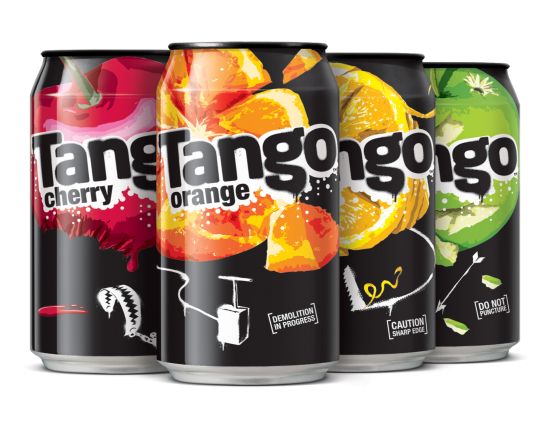I wrote here a while ago on the topic of B2B design, which often takes a back seat. Some see B2B Design as something that lacks or perhaps doesn’t require a great deal of creative inspiration, after all, anything that has anything at all to do with business is purely based on rationality or cost, right?
For as long as we have been in the design business, specialising in design for B2B, it has astounded me that B2B and B2C are approached by many as two entirely different animals. It was encouraging therefore to read that recent research by the Corporate Executive Board, in partnership with Google, showed that actually, today the second highest priority for B2B Marketers is branding.
The research demonstrated the value that branding can create for B2B marketers. Customers with strong connections to B2B brands have higher rates of consideration, purchase and willingness to pay a premium.
The CEB research also proves that all human decisions are primarily driven by emotional motivators and, when it comes to B2B, there is actually more personal risk involved and therefore more emotional attachment.
Therefore, the process involved when it comes to product design and marketing that appeal to businesses is exactly the same as that for consumer brands. As with consumers there are many different types of businesses with different personalities and needs, and as such, each campaign and differs in its approach.
In our experience, an organisation is ultimately defined by its people. Large corporations naturally attract people who are more risk averse, while smaller or more entrepreneurial companies are more likely to be risk takers. People naturally gravitate to where they feel comfortable and this impacts both how the company markets their products, as well as how best to engage when marketing to them. For example, the brand personality at Google is such that a more creative solution is more likely to proceed than at a more conservative business. Equally, a ‘wacky’ product, let’s say Tango, is expected to be more ‘out there’ than another fizzy orange drink brand. It’s about the personality rather than its place in the market.

I have always been fascinated by the science behind branding psychology. One thing that has been prominent in our own research is that the starting point of making a purchasing decision is the same whether B2B or B2C. What we see is that in reality, it is the approach to buying decisions that is different, for example; with business buying that may require writing a formal response or business case this is where emotion can disappear and logic takes over. As soon as business and marketing speak or corporate jargon is required, rationality seems to set in.
Again this tends to vary depending more on sector or type of product. For someone buying a computer, the choice between two big and very different brands such as Apple and Dell is an entirely emotional one, and the attachment and loyalty to tech brands remains whether for business or personal. When buying for business, even if you need to get the purchase approved, spending on the company budget tends to allow the emotional to take over. Personal budgets in this case are where decisions have to be more rational.
One thing that does change between B2B and B2C is interpretation of value, or situation. Even if I had a £25 win on the lottery, to me that would cheer me up and put a smile on my face for the day. If I received a cheque from a client for £25 however, I would think – why bother? I can receive a great piece of news at work about a new client project or pitch that we won, but when I get home the family will not be so bothered, with greater interest in what is for dinner or on TV. My point is that the situation is every bit as relevant as the small matter of who I’m trying to sell to.
Whether B2B or B2C, there are brands that people would rather be associated with, and that is an entirely emotional connection. As — driven by technology and the desire to be ‘always –on’ the lines continue to blur between when we are ‘consumer’s and when we are ‘businesses’ we will hopefully begin to see a rise in creatively great B2B campaigns that appeal to the emotional.
About the Author
Simon Wright studied Graphic Design at London College of Printing. Having set up a design studio in Saudi Arabia and agency roles in London, he became Managing Director of Greenwich Design in 1994.
His expertise spans a wide range of disciplines across various design and marketing channels.
